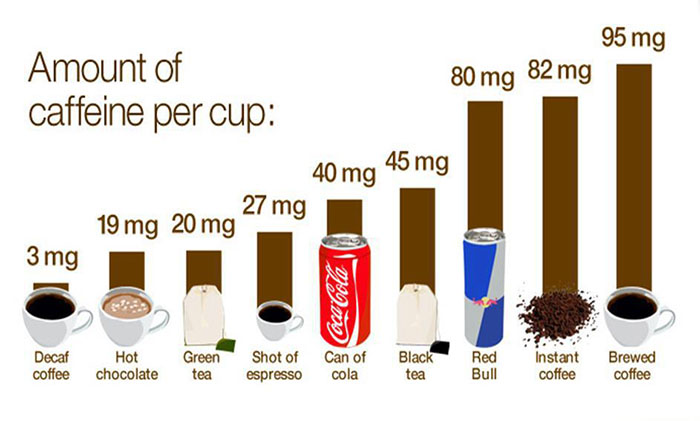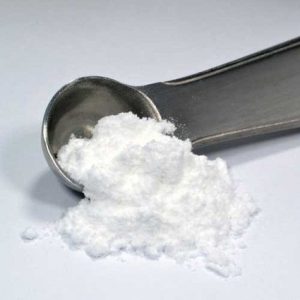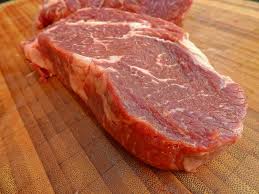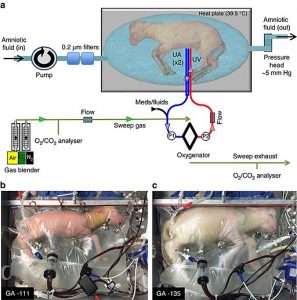Big Brained Freaks
Evolution has produced a bunch of peculiar and downright freaky organisms (Purple Frog, anyone?). However, as the BBC so delicately puts it, “[h]umans are possibly the weirdest species to have ever lived”. Although this is likely true for quite a few reasons, what really sets us apart are our massive brains.

A big brained freak.
Source: Flicker, submitted by Martin Quiroz.
In fact, humans have the largest brain to body weight ratio of any Great Ape. And we can thank these hefty brains for our unique cognitive abilities. For example, unlike other animals, we are able to solve problems by recombining old information in novel ways, we can easily understand symbolic representations and we can even think about our own thoughts objectively. But how did our brains ever get large enough to give us these impressive powers?
Fueled by Fire
Dr. Richard Wrangham poses that the answer lies in his Cooking Hypothesis. Specifically, Wrangham argues that the reason modern humans ended up with big brains is because the Homo sapien line learned how to control fire, and importantly, how to cook with it.
Dr. Richard Wrangham on his Cooking Hypothesis. Source: Youtube, uploaded by TheLeakeyFoundation.
The logic for how cooked food equals bigger brains goes like this: cooking makes a food’s calories and most of its nutrients more bio-available, meaning they are absorbed more readily by our bodies than they would be from raw foods. This happens because heat alters the structure of foods, by unwinding proteins and opening up starches, so that our bodies can expend less energy in the enzymatic breakdown (ie. digestion) of these molecules. This is to say that cooked food packs in more calories than raw food (per gram), thereby allowing the early humans who cooked to take in more energy than their bodies required to function. The Cooking Hypothesis theorizes that this energy surplus was put towards unprecedented brain growth.
Fitting Facts
While the hypothesis can’t be tested outright, Wrangham offers several pieces of evidence in its support. Perhaps the most convincing is archaeological evidence of controlled fires in sub-Saharan Africa. The fires date back to approximately 1.8 million years ago, coinciding with fossil records showing increases in early human cranial capacity (ie. brain space).
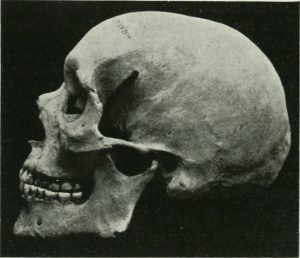
Modern day human skull.
Source: Flickr, submitted by Internet Archive.
This convergence of events supports the idea that cooking lead to the big brains we think with today. So the next time someone tells you not to play with fire, you might want to think twice.
Contributor: Hayley Carolan

